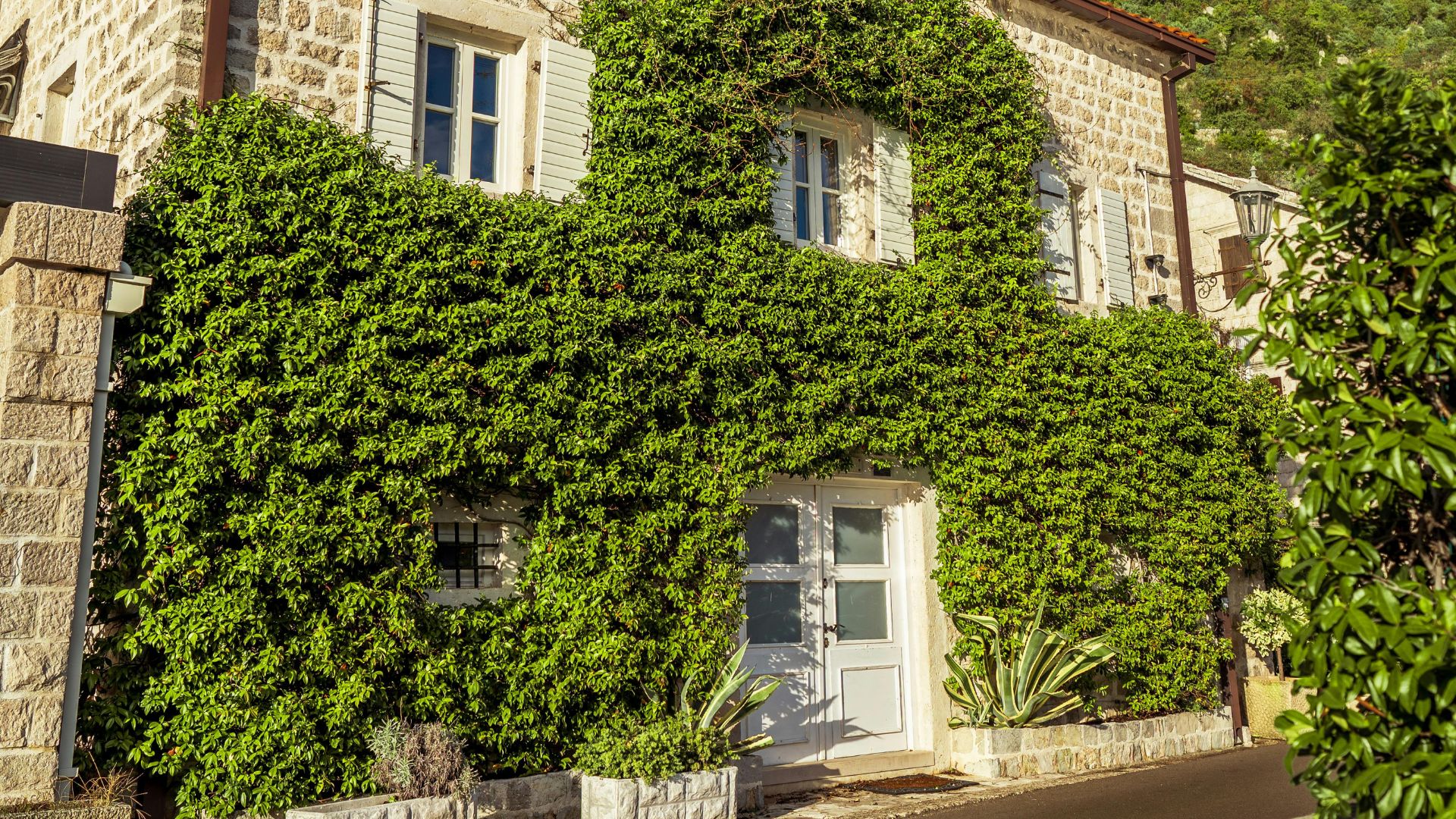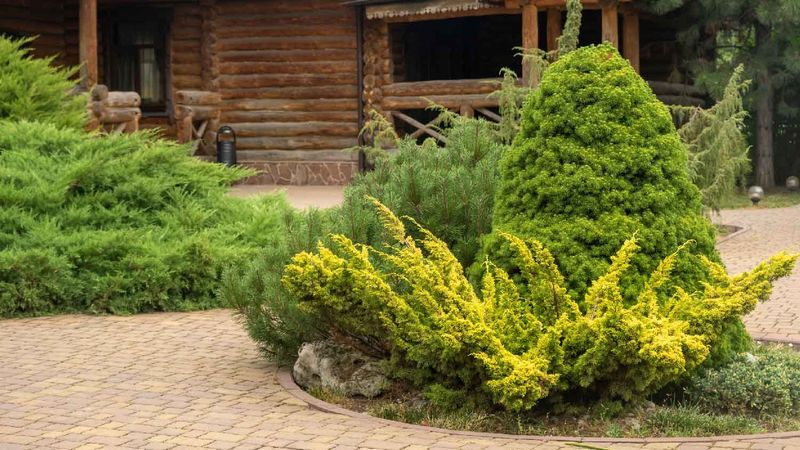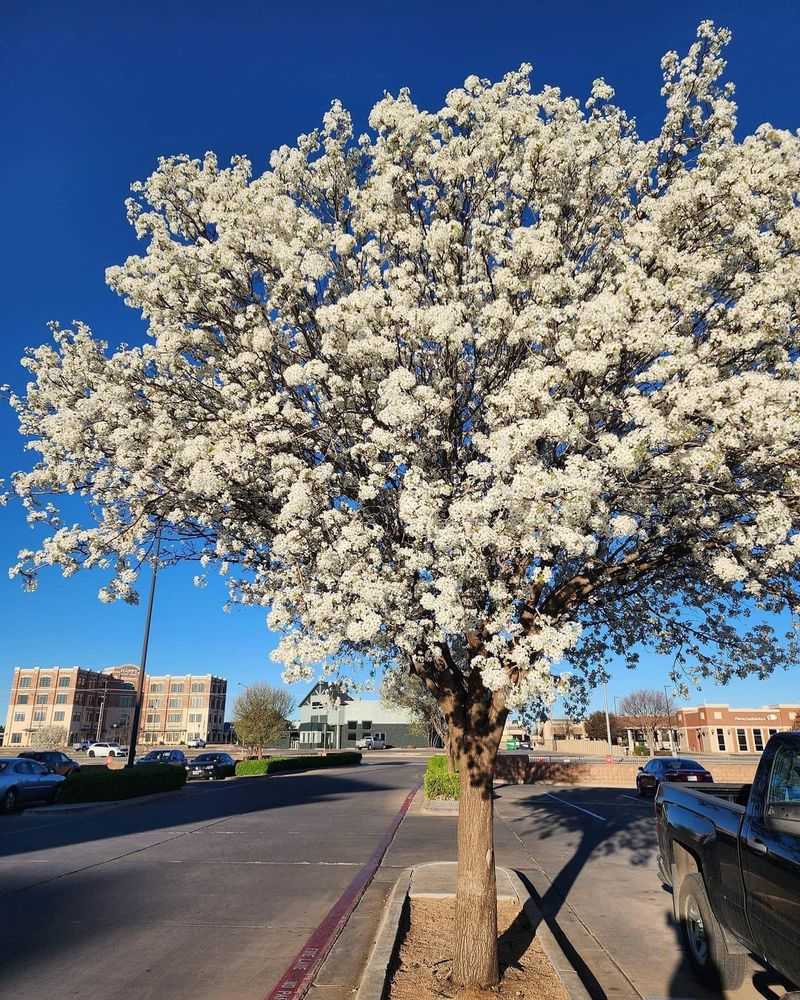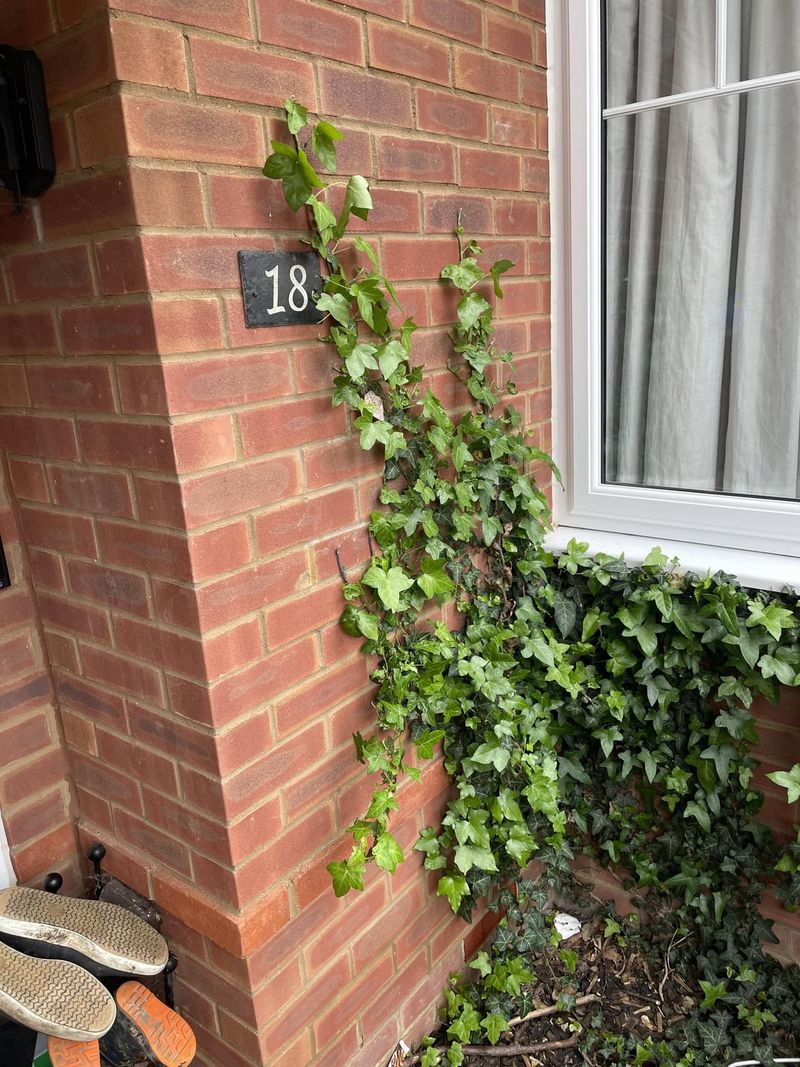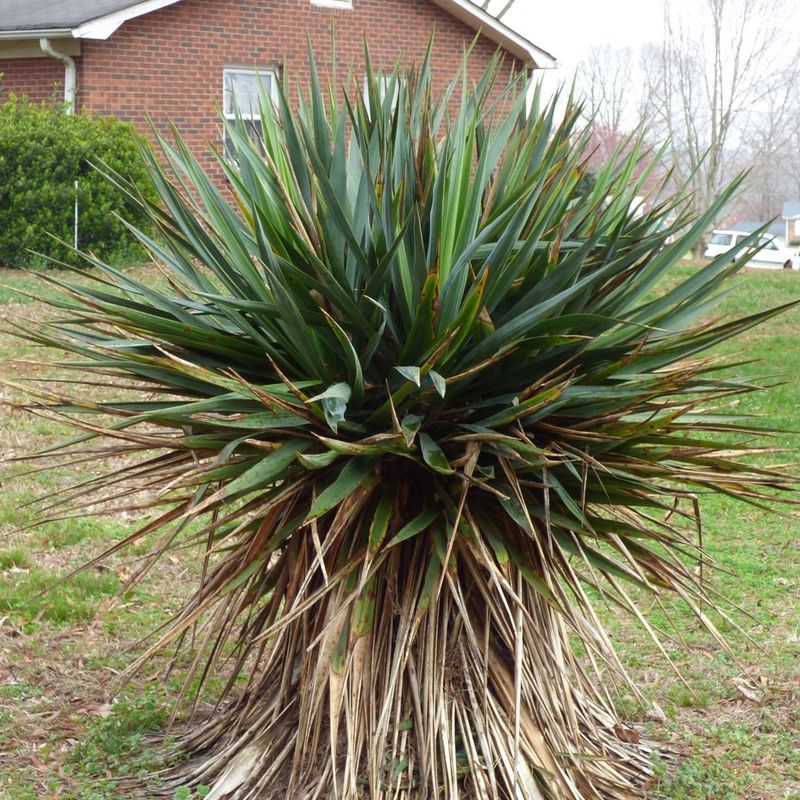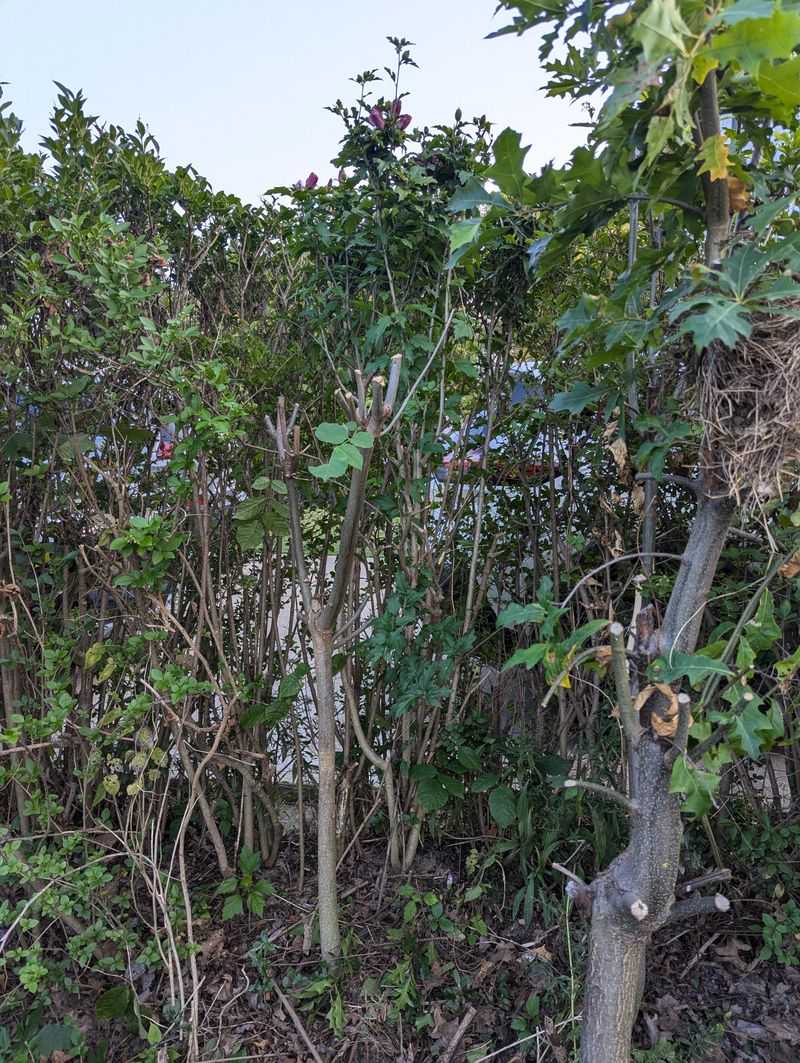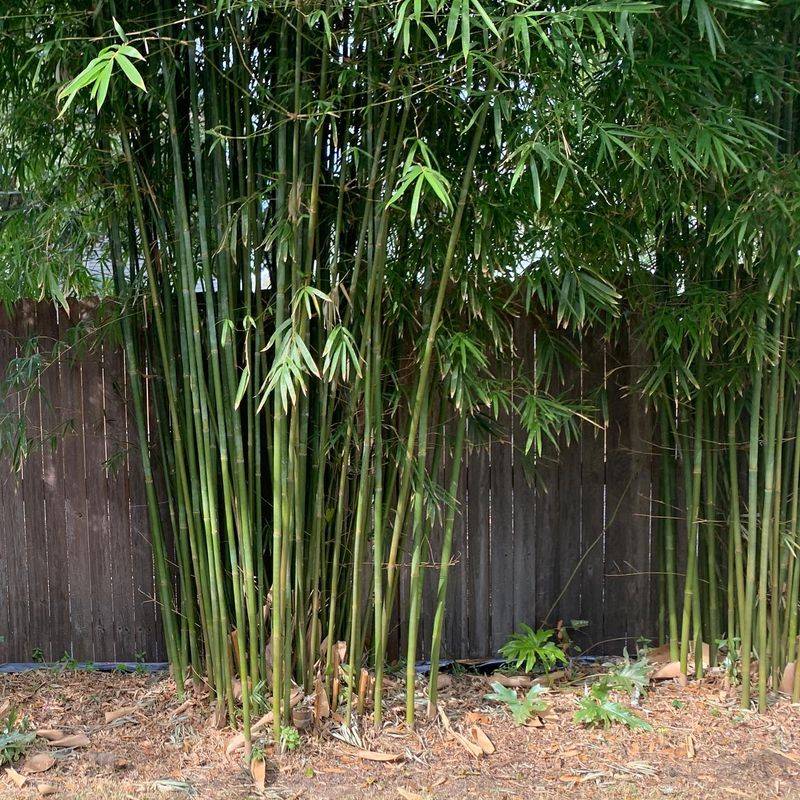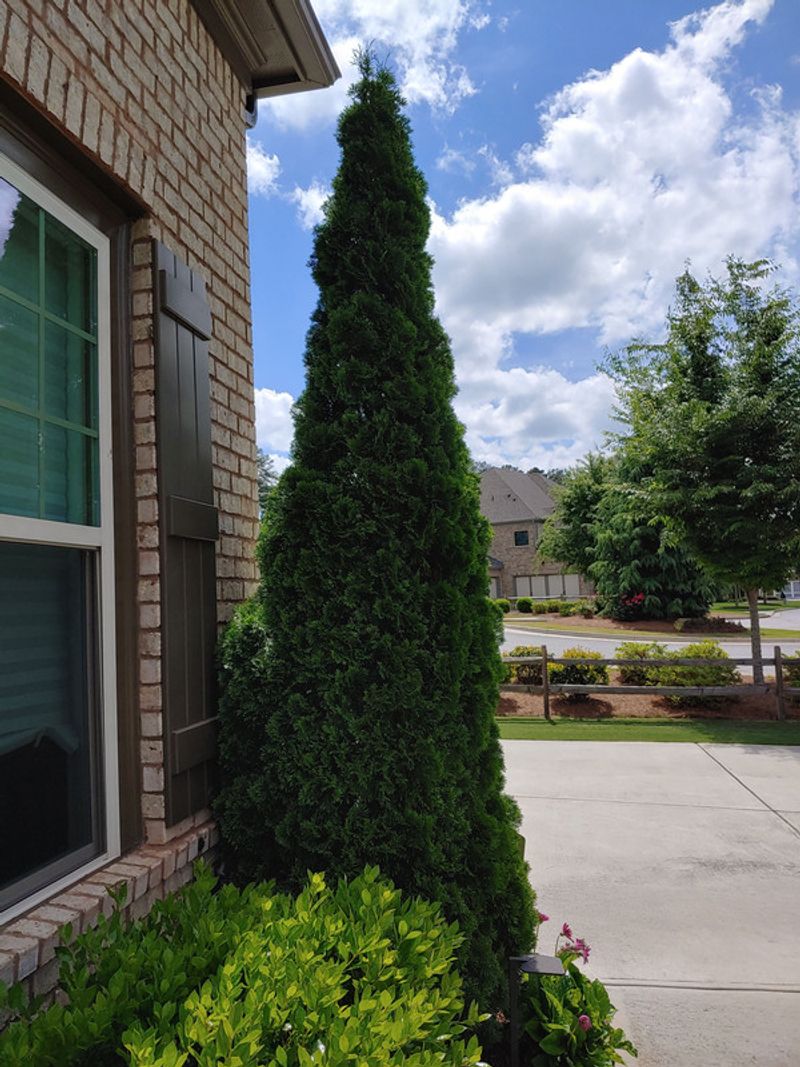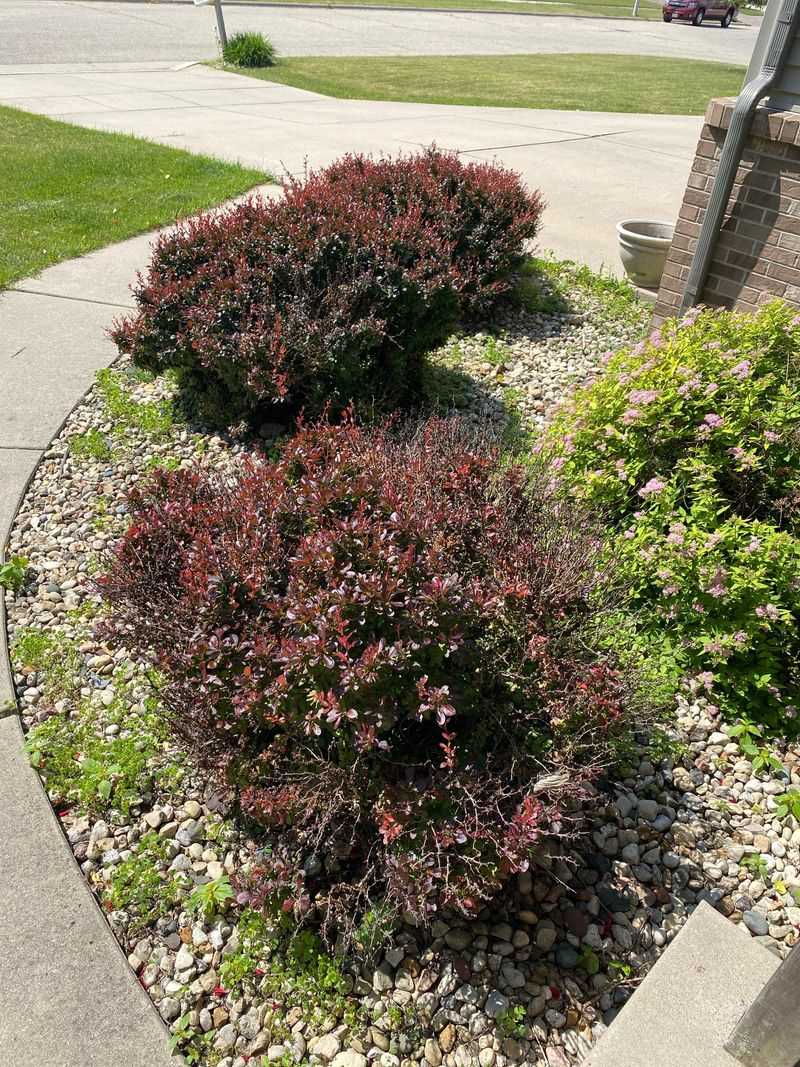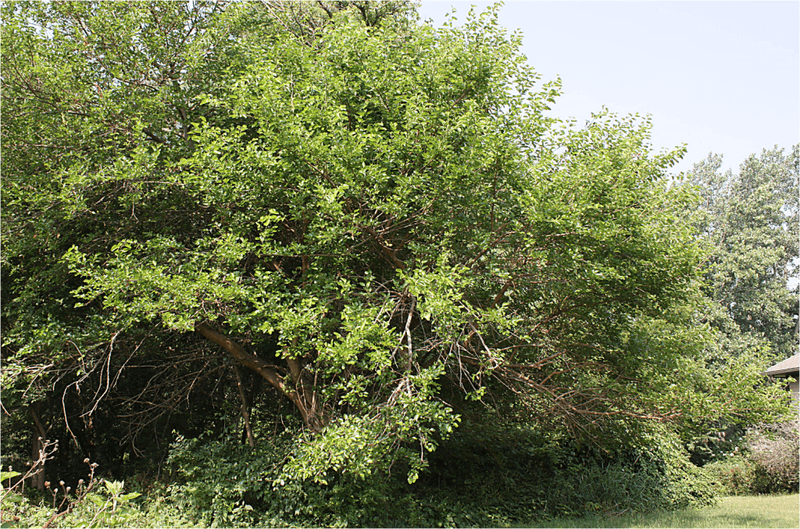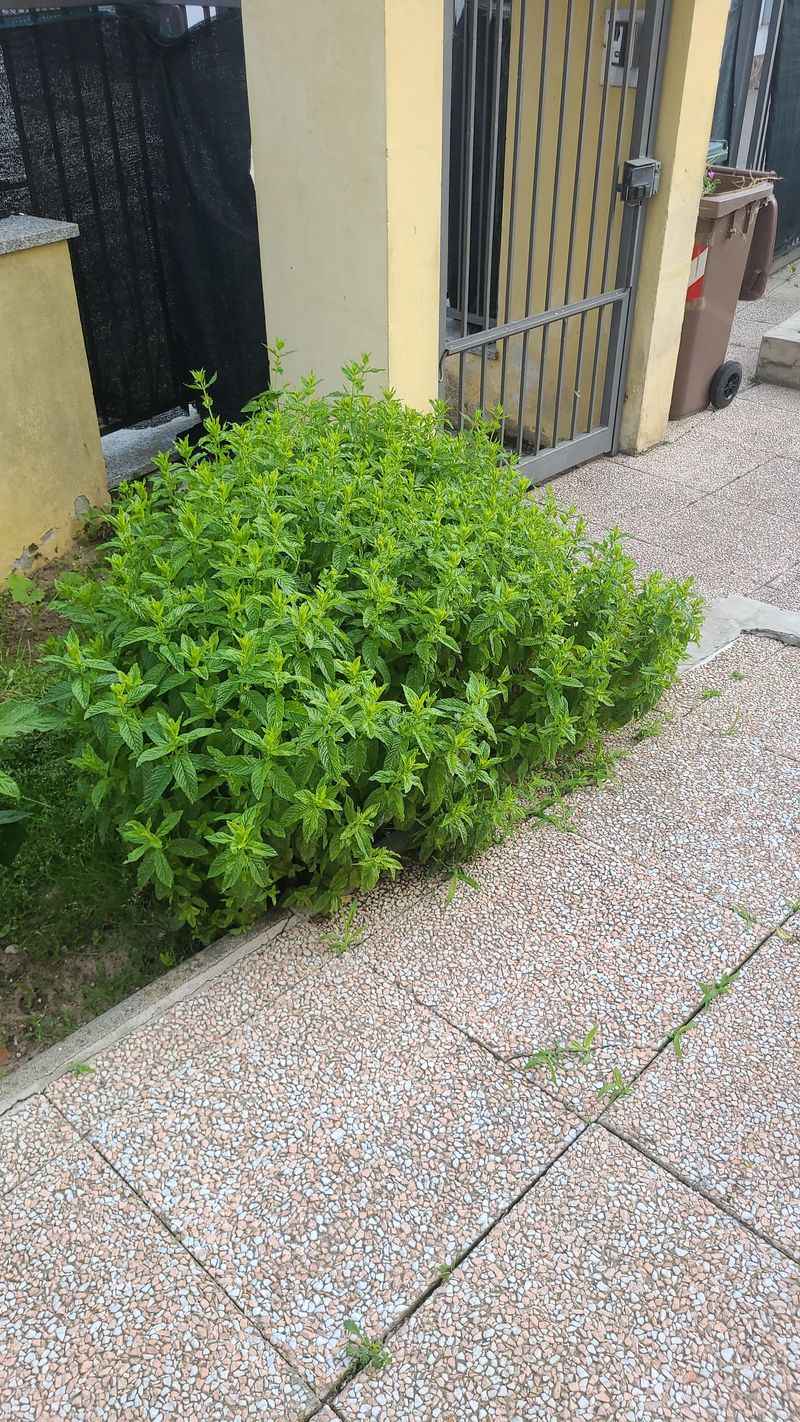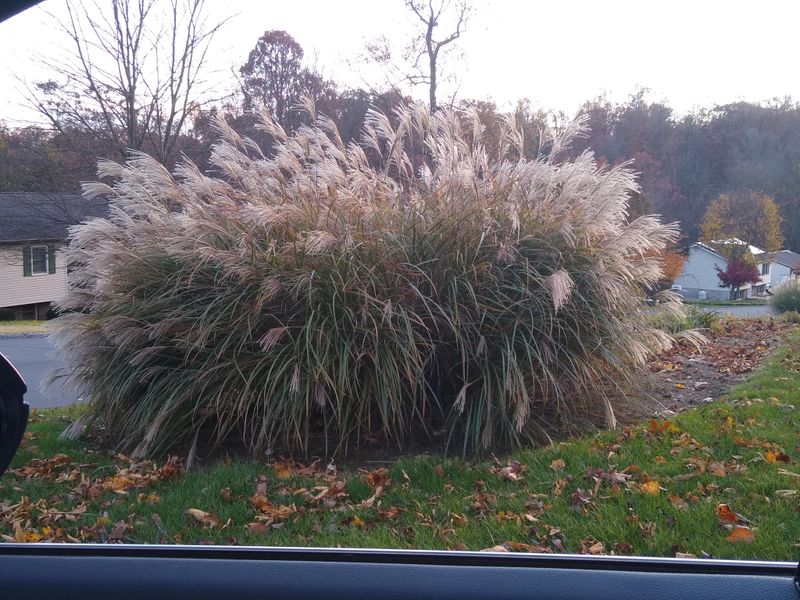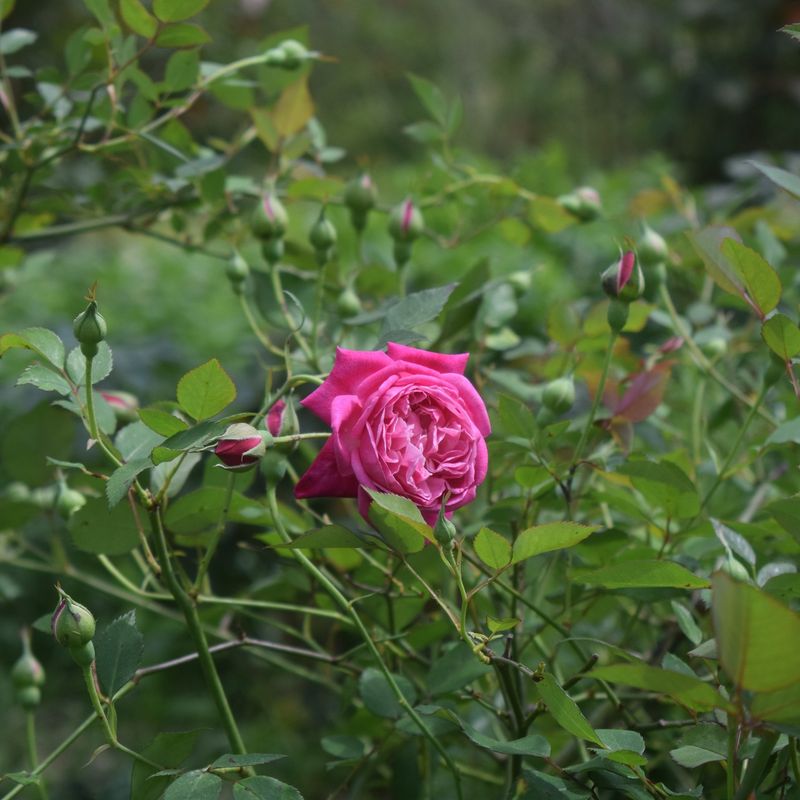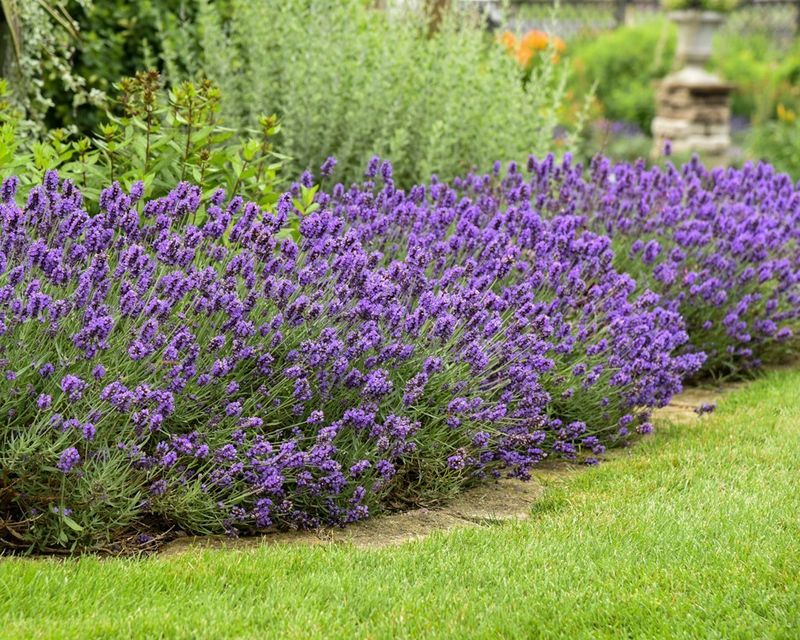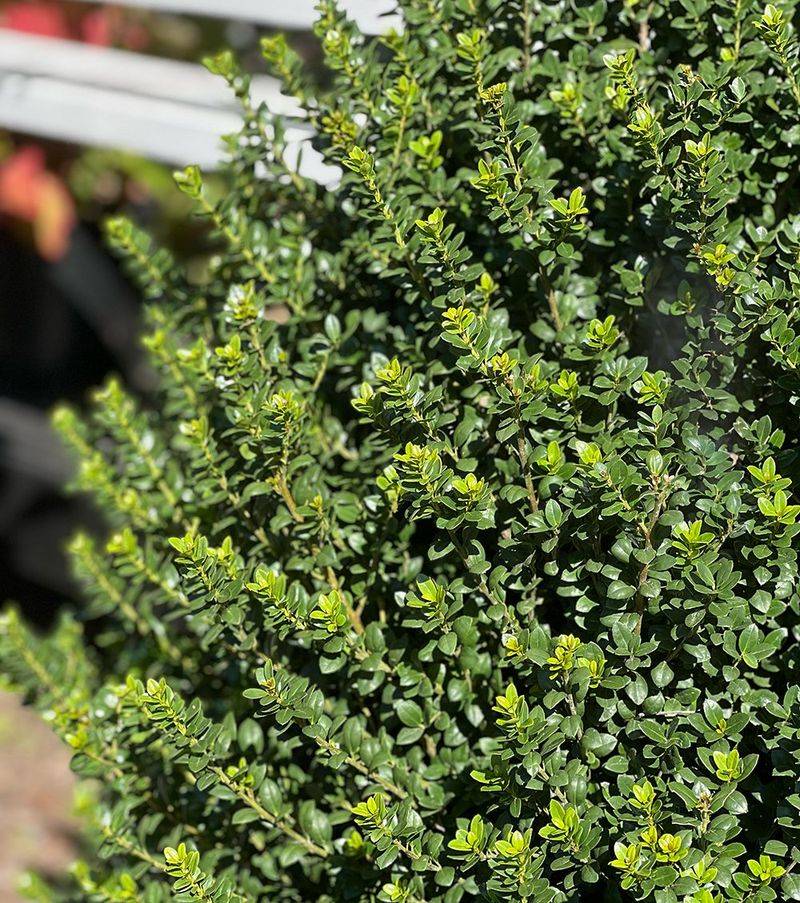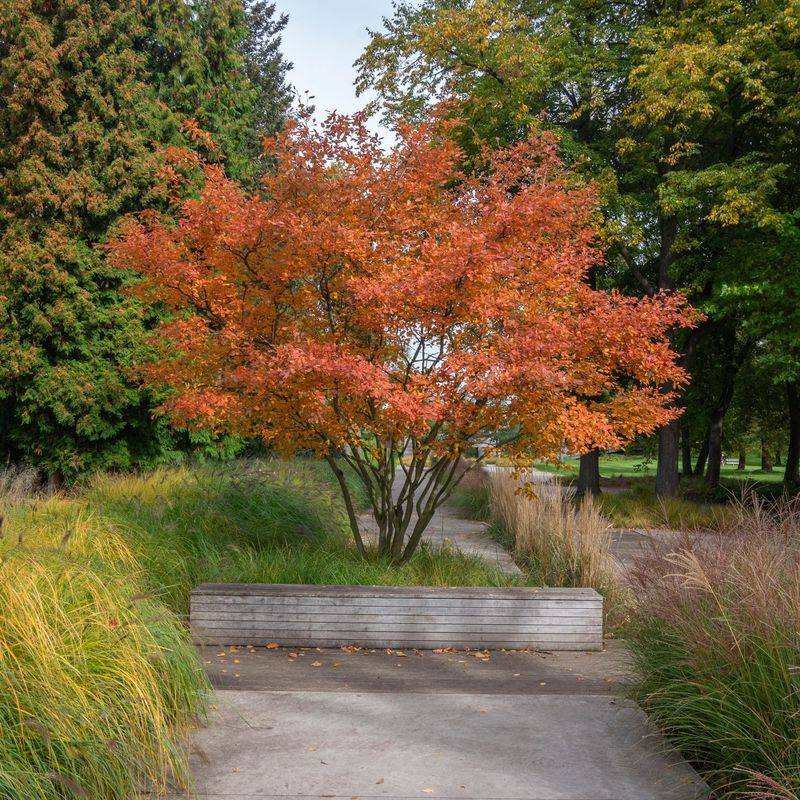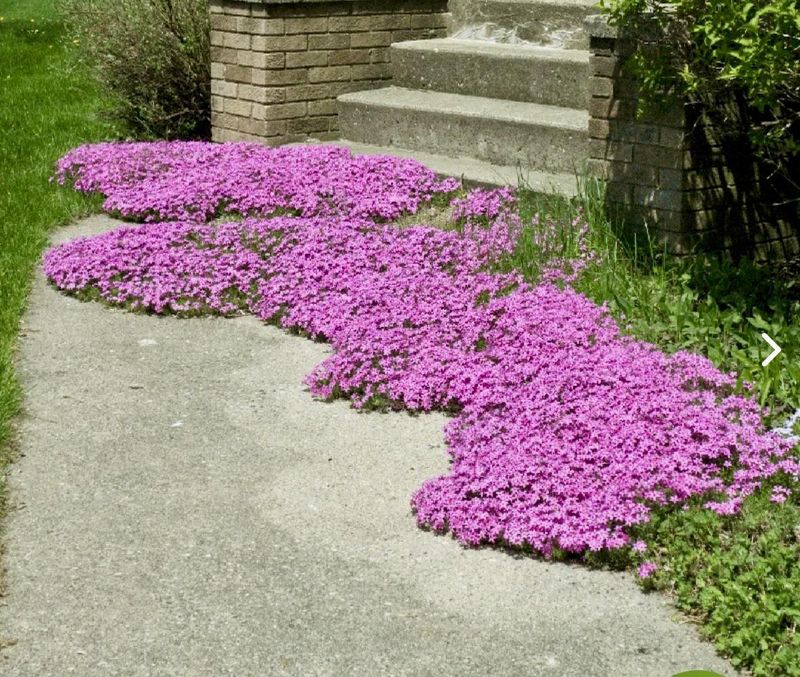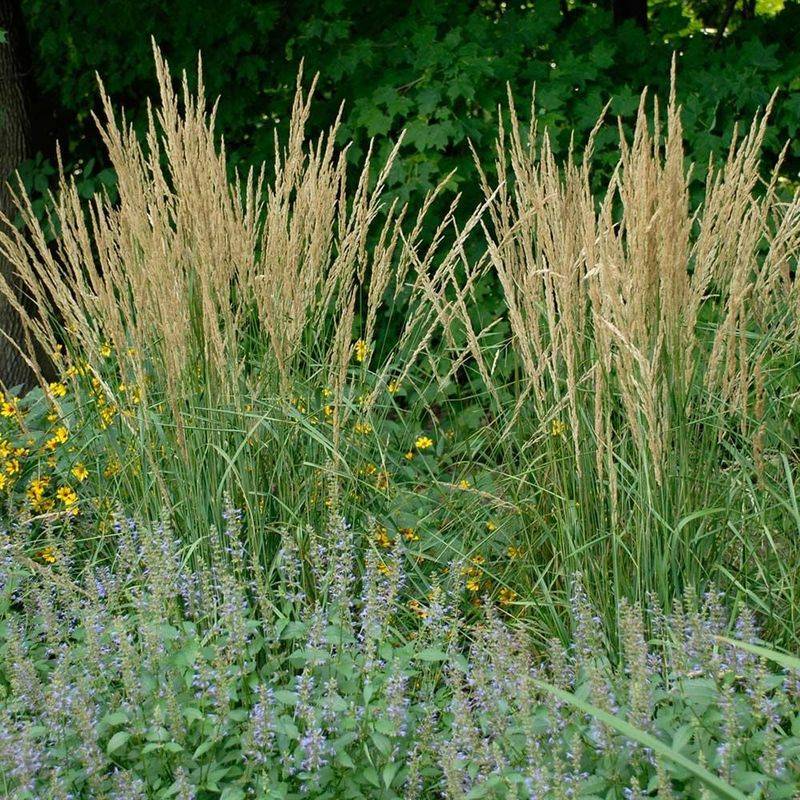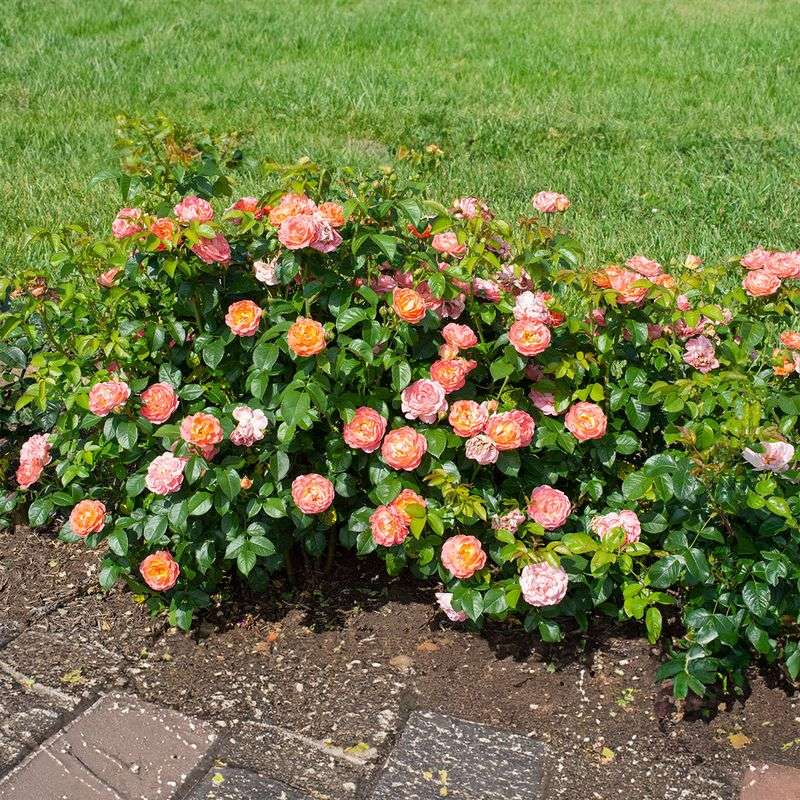Last spring, I started paying more attention to the front yards in my neighborhood—and a pattern jumped out. Some homes had beautiful curb appeal, while others… well, the plants just weren’t doing them any favors. I’ve definitely been there myself, planting things I later regretted.
The truth is, the right plants can make your home look polished and inviting, while the wrong ones can drag everything down. And it’s not just about looks—some of those so-called “popular” plants are way too much work for the little they offer.
Whether you’re thinking about selling or just want your front yard to feel a little more put-together, swapping out these curb appeal killers for better alternatives can totally transform your space. Let’s dive into what to skip—and what to plant instead.
1. Overgrown Junipers
Those scraggly, blue-green shrubs taking over your foundation plantings? They might have looked tidy when first planted decades ago, but junipers rarely age gracefully. Once they reach a certain size, they become impossible to shape attractively.
The lower branches often die off, leaving bare, woody areas that collect dead needles and debris. Plus, their dense growth provides perfect hiding spots for rodents and snakes – something potential buyers definitely don’t want to see.
Many older homes still feature these relics from the 1970s landscaping era, making your property look dated before visitors even reach the front door.
2. Bradford Pear Trees
I planted two Bradford pears when we first moved in, completely unaware of their reputation. Sure, they offer pretty white blossoms in spring and nice fall color, but that’s where the positives end.
These trees grow quickly into an unnatural V-shape that’s prone to splitting during storms. The branches break easily, creating hazards and mess. Worst of all, they’ve become invasive in many regions, spreading into natural areas and crowding out native species.
And let’s not forget that distinctive smell when they bloom – often compared to rotting fish or worse. Not exactly the welcoming scent you want greeting your guests!
3. English Ivy Gone Wild
English ivy might seem like an elegant ground cover at first. The glossy leaves create a lush carpet that requires little initial maintenance. My neighbor’s ivy looked charming until it wasn’t.
Give it time, and this aggressive vine will climb everything in sight – trees, walls, fences – and can actually damage mortar and wood siding. It creates perfect habitat for mosquitoes and can harbor rodents close to your home.
Once established, it’s incredibly difficult to remove completely. The woody stems grow thick as your wrist, and even small pieces left behind will regrow with vengeance.
4. Spikey Yucca Plants
Yuccas make a statement, but not always the right one for front yards. Those sword-like leaves might look architectural, but they’re downright dangerous when planted near walkways or play areas.
The sharp tips can cause painful injuries to anyone who brushes against them. As yuccas mature, they develop woody trunks and can look increasingly bizarre and out of place in most traditional landscapes.
Once established, they’re extremely difficult to remove – the massive root systems seem determined to regenerate no matter how thoroughly you dig. Their desert aesthetic also looks out of place in many regions with regular rainfall.
5. Privet Hedges
Growing up, nearly every house on our street had a privet hedge. These fast-growing shrubs might seem like the perfect privacy solution, but they’re high-maintenance nightmares that quickly look shabby without constant attention.
Privets require frequent trimming to maintain their shape, sometimes as often as monthly during the growing season. Skip a few sessions and you’ll have an unruly mess. Their tiny white flowers produce pollen that triggers allergies for many people.
In numerous states, privet is classified as invasive. Birds spread the berries, and before you know it, privet seedlings pop up everywhere in your yard and beyond.
6. Bamboo Borders
The first time I saw bamboo in a front yard, I thought it looked exotic and interesting. Fast forward a year, and that homeowner was desperately trying to contain what had become an unstoppable invasion.
Running bamboo varieties spread aggressively through underground rhizomes that can travel far beyond where they were planted. Even “clumping” varieties eventually expand beyond their intended boundaries. Without proper barriers installed at planting, bamboo can quickly become your neighbors’ problem too.
The fallen leaves and stalks create constant cleanup work, and the plants can look ratty in colder climates where they suffer winter damage.
7. Overgrown Foundation Arborvitae
Those little emerald green arborvitae seemed perfect when they were 2 feet tall in their nursery pots. Now they’re blocking your windows and overwhelming your home’s facade.
Foundation plantings should complement your house, not swallow it whole. These evergreens grow much larger than many homeowners anticipate, eventually reaching heights of 10-15 feet with substantial width. The dense foliage blocks light into ground-floor windows and traps moisture against your foundation.
Their formal, conical shape also tends to look dated – reminiscent of 1980s landscaping that lacks the more natural, varied look preferred in contemporary designs.
8. Purple Barberry Bushes
Last year, I helped my sister remove six barberry bushes from her front yard. Despite their attractive purple foliage and tidy growth habit, these shrubs come with serious drawbacks that outweigh their visual appeal.
The vicious thorns make them painful to prune or work around – we both ended up with scratched arms despite wearing heavy gloves. Research has shown that the dense structure of barberry creates perfect humidity levels for ticks, potentially increasing Lyme disease risk around your home.
Many varieties have been declared invasive in numerous states as birds spread the seeds into natural areas where they crowd out native plants.
9. Weeping Mulberry Trees
The cascading branches of weeping mulberry create an interesting silhouette, but that’s where the charm ends for this messy front yard specimen. My friend’s driveway is permanently stained purple from fallen fruit that attracts swarms of flies every summer.
The fruit drop creates slippery, staining messes on walkways and patios. Birds that feast on the berries leave purple droppings on everything below – cars, furniture, and unfortunately, people. The weeping branches eventually reach the ground, collecting leaves and debris while blocking views.
While they grow quickly, providing fast shade, the maintenance headaches make them poor choices for visible front yard locations.
10. Mint Gone Rogue
Someone once thought planting mint as ground cover near their front door would provide a lovely scent for visitors. Big mistake! Mint might seem innocent in its little nursery pot, but it’s actually a garden thug.
The aggressive spreading habit means it quickly escapes any intended boundaries. Underground runners infiltrate lawn areas, flower beds, and even under hardscaping. Before long, you’re pulling mint from every corner of your yard.
While it smells nice when crushed underfoot, mint looks increasingly ragged as summer progresses. By August, what started as a neat planting often looks weedy and unkempt – not the impression you want for your home’s entrance.
11. Pampas Grass Monsters
Those fluffy plumes might look dramatic in autumn, but pampas grass quickly becomes the monster of the neighborhood. What starts as an architectural accent grows into a massive 12-foot beast that dominates everything around it.
The razor-sharp leaf edges can slice skin when you brush against them – I learned this the hard way while helping a neighbor with yard work. The massive root system makes removal incredibly difficult once established.
In many coastal states, pampas grass is considered highly invasive, escaping gardens and threatening native ecosystems. The enormous size overwhelms typical residential landscapes, making your house look smaller and your yard cluttered.
12. Diseased Roses
Nothing says neglect like black-spotted, mildewed rose bushes flanking your front door. Roses require consistent care to look their best, and many homeowners underestimate the maintenance involved.
Without regular pruning, spraying, and deadheading, roses quickly develop foliar diseases that leave them looking shabby. The bare lower stems and leggy growth of neglected specimens create a scraggly appearance that detracts from your home’s presentation.
Many older varieties bloom only briefly, leaving you with thorny, unattractive shrubs for most of the season. Even when flowering, disease-ridden specimens with small, sparse blooms suggest that the entire property might be equally neglected.
13. Scraggly Lavender Plants
Fresh lavender looks charming with its silver foliage and purple blooms. After a few years, though, these Mediterranean natives often become woody, sparse, and decidedly unattractive in most front yard settings.
Without proper pruning (which many homeowners don’t realize is necessary), lavender develops a “bald spot” in the center as the stems become increasingly woody. In humid climates, lavender frequently suffers from fungal issues that cause dieback and thinning.
The gangly appearance of overgrown specimens creates an impression of neglect rather than the tidy, aromatic border most people envision when planting. After flowering, the spent blooms turn an unappealing gray-brown that persists until cut back.
14. Evergreen Shrubs With Year-Round Interest
Instead of those dated junipers, consider compact holly varieties like ‘Sky Pencil’ or ‘Soft Touch’. These versatile evergreens maintain their good looks throughout the year with minimal pruning and resist pest problems that plague other foundation plants.
For smaller spaces, try Japanese plum yew (Cephalotaxus) which offers elegant, dark green foliage that tolerates shade and doesn’t outgrow its space. Its graceful texture stays attractive in all seasons without the maintenance issues of many traditional foundation plants.
Boxwood alternatives like Japanese holly (Ilex crenata) provide the classic formal look without boxwood’s susceptibility to blight, bringing timeless structure to your landscape.
15. Ornamental Trees With Clean Habits
Replace problem trees like Bradford pears with serviceberry (Amelanchier), which offers white spring flowers, edible summer berries, and spectacular fall color without invasive tendencies. The multi-season interest creates curb appeal year-round.
Japanese maple cultivars bring elegant form and stunning foliage to front yards without messy fruit or breakage issues. Their naturally artistic branching structure provides winter interest even after leaves drop.
For larger spaces, consider redbud trees, whose pink-purple spring blossoms emerge directly on branches before heart-shaped leaves appear. Their shorter stature (15-25 feet) works well near homes without threatening foundations or rooflines, and they drop minimal debris.
16. Native Groundcovers
Wild ginger makes an excellent alternative to invasive English ivy or mint. Its heart-shaped leaves create a neat, weed-suppressing carpet in shady areas without climbing or escaping boundaries.
For sunny spots, creeping phlox offers a stunning spring display of pink, purple, or white flowers that blanket the ground. After blooming, the evergreen foliage maintains a tidy appearance that suppresses weeds without becoming invasive.
Pennsylvania sedge and other native sedges provide grass-like texture for difficult spots, forming soft mounds that require no mowing. Their adaptability to various light conditions and minimal maintenance needs make them perfect problem-solvers for slopes and areas where traditional groundcovers become unmanageable.
17. Architectural Plants With Good Manners
For dramatic accent without the dangers of yucca or the invasiveness of bamboo, try ‘Karl Foerster’ feather reed grass. Its vertical growth provides year-round structure without spreading aggressively or requiring constant division.
Black mondo grass creates striking contrast in front yard plantings with its deep purple-black foliage. Unlike many dramatic plants, it stays compact and well-behaved, growing just 6-10 inches tall with minimal spread.
Heuchera (coral bells) varieties offer bold foliage colors from purple to caramel to lime green, maintaining their compact form without becoming unruly. Their tidy mounding habit works perfectly in front yard settings where neatness counts.
18. Low-Maintenance Flowering Shrubs
Swap high-maintenance roses for knockout roses or drift roses, which offer months of colorful blooms without the disease problems or pruning needs of traditional varieties. Their naturally compact form stays tidy without constant attention.
Dwarf butterfly bush varieties like ‘Lo & Behold’ series deliver abundant flowers that attract pollinators without the invasive tendencies of older types. At just 2-3 feet tall and wide, they won’t overwhelm your front yard design.
Abelia ‘Kaleidoscope’ combines colorful variegated foliage with delicate white flowers that bloom for months. Its compact size and four-season interest make it perfect for high-visibility front yard locations where year-round appeal matters.

